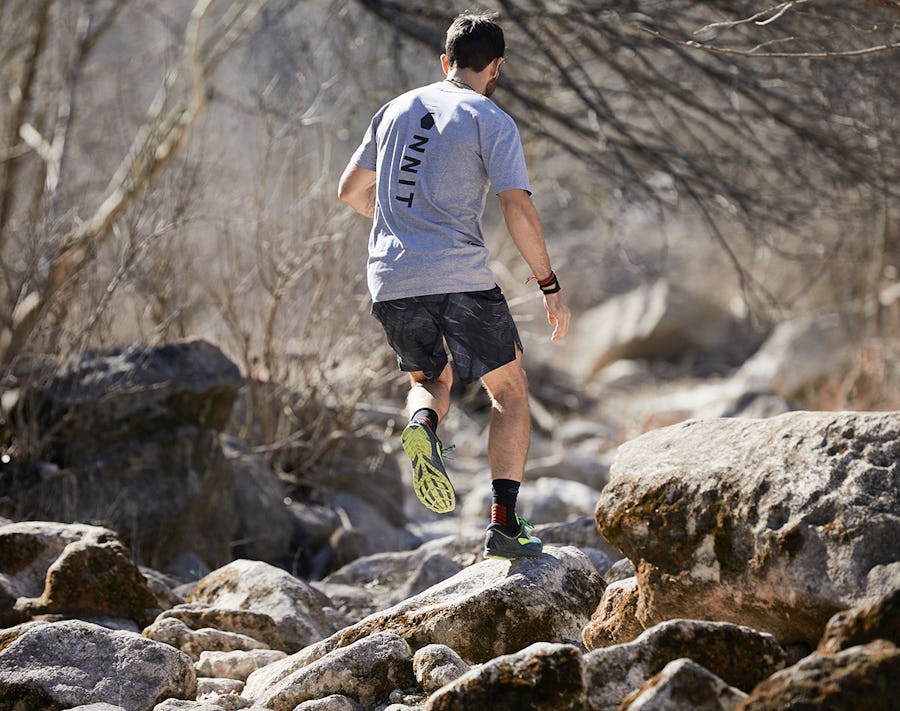

With just one explosive movement you can unleash a wealth of benefits:

Observe and monitor the athlete's tuck-jump and landing mechanics.If you want to take the intensity of your workout up a notch, you can’t look past the tuck jump.Once both feet touch the landing surface, instruct the athlete to raise their arms up overhead, fingers pointed toward the ceiling, and double-leg jump for height.Instruct the athlete to jump off the box landing softly with both feet, not expelling all of their momentum.Start with having the athlete step onto the box, and stand with their feet shoulder-width apart with their toes pointed straight ahead.Does not land in same footprint (excessive in-flight motion)įor this test, you will need a 31cm box to administer the test.Foot placement not parallel (front to back)Ġ: foot (the end of the feet) placement parallelĢ: foot placement obviously unparalleled (one foot is over half the distance of the other foot/leg)Ġ: foot contact timing equal side to sideĢ: Foot contact timing completely unequal.Foot placement not shoulder width apartĠ: foot placement exactly shoulder width apartġ: foot placement mostly shoulder width apartĢ: both feet fully together and touch at landing.

#TUCK JUMPS. SERIES#

Have the athlete begin with their arms out straight ahead in front of them, parallel to the landing surface.Start with asking the athlete to stand with their feet shoulder-width apart with their toes pointed straight ahead.We should be seeing them use their hips and gluts for stability with take-off AND landing, not valgus at the knees. I believe they use this valgus positioning to gain stability. While landing has been the main focus of research and is certainly important, I gain a great deal of information if I see an athlete has a quick valgus pulse prior when initiating the jump. With both tuck jump and drop jump landing, it is extremely important to look both at the take-off as well as the landing.
#TUCK JUMPS. HOW TO#
Now, let's get into how to perform these assessments. Even worse, if the lack of ankle dorsiflexion causes subtle compensation that goes unrecognized. Prior to attempting to coach the skill of jumping, it is essential that joint mobility and movement patterns are normal. The tuck jump and drop jump landing assess landing quality or the skill of jumping, but we can’t know which part is broken unless we have cleared the simpler movement patterns like the squat and ankle dorsiflexion.įrequently, athletes will have an unrecognized ankle dorsiflexion restriction which will cause either frustration on the coaches or athlete’s part due to the inability to perform jumps correctly no matter how many cues are given. To us, what is interesting is that there are even more studies that show strength, balance, and plyometric training programs with a focus on proper alignment can reduce injury rates, particularly in female athletes. There are a few studies that indicate we should be looking at knee alignment with jumping. Valgus collapse gets a lot of press when it comes to discussing risk factors for ACL injury and it is certainly important. By Phil Plisky, PT, DSc, ATC, OCS, CSCS & Adam Devery, ATC, PTA, CSCS


 0 kommentar(er)
0 kommentar(er)
